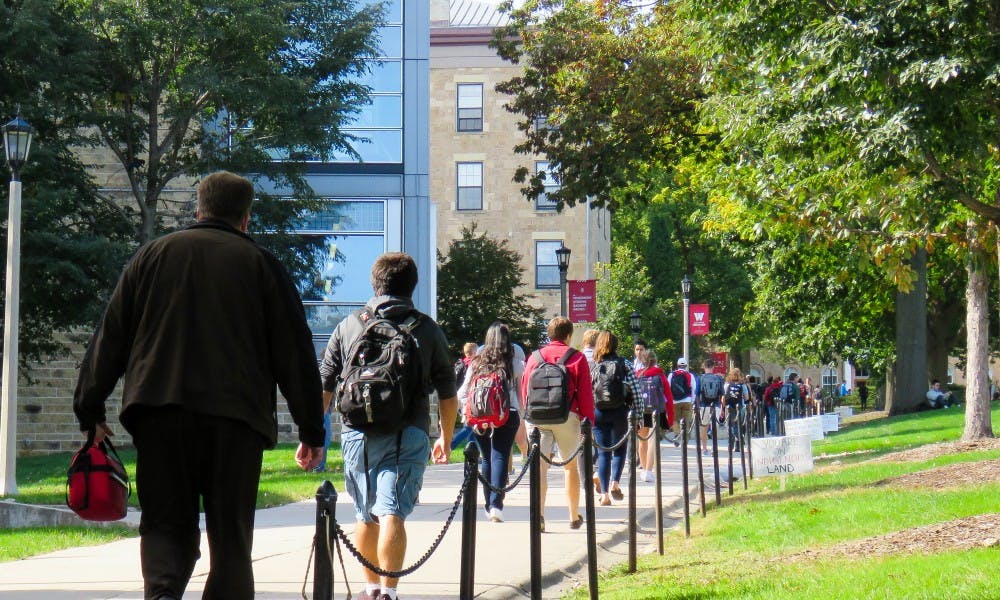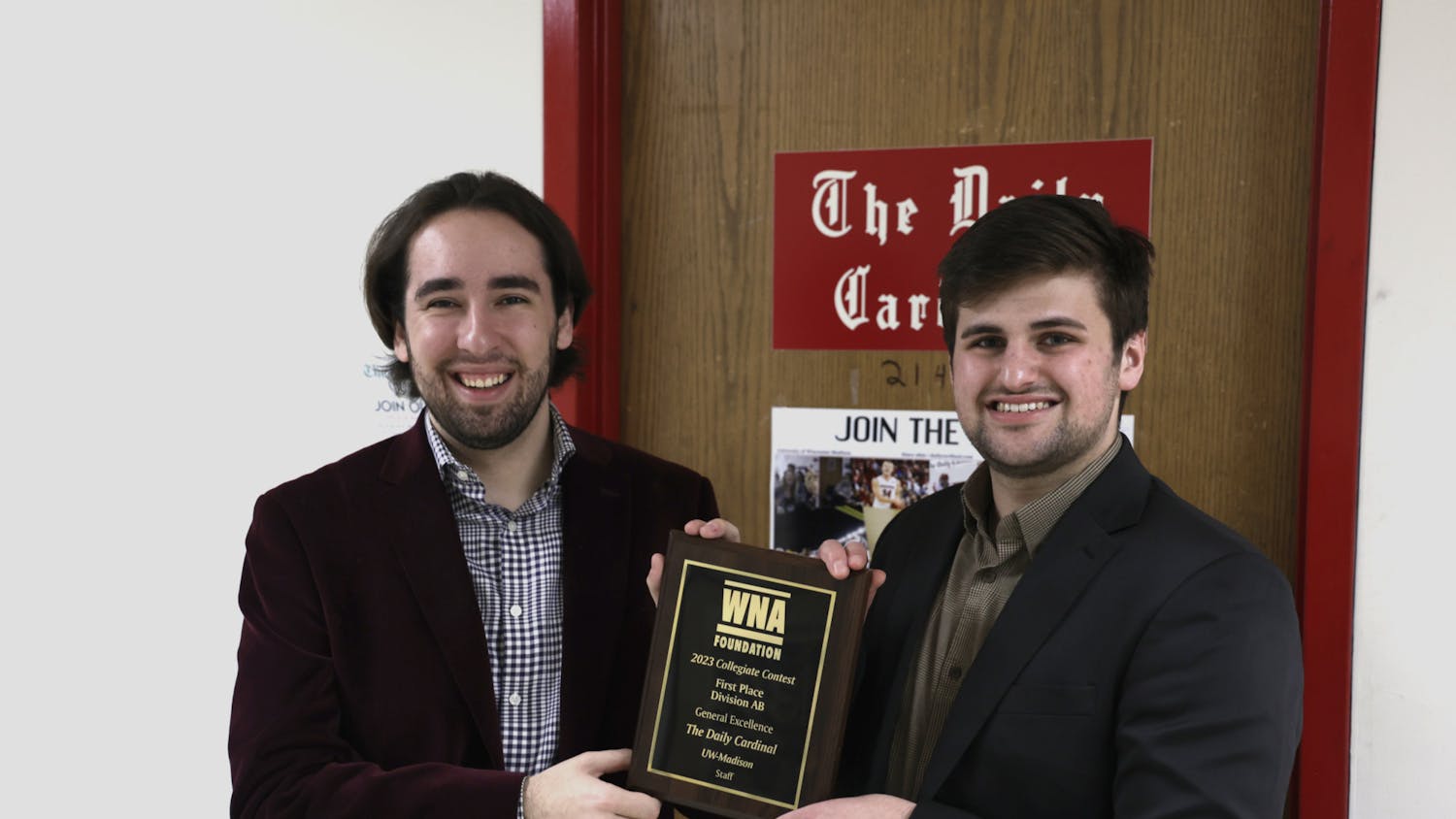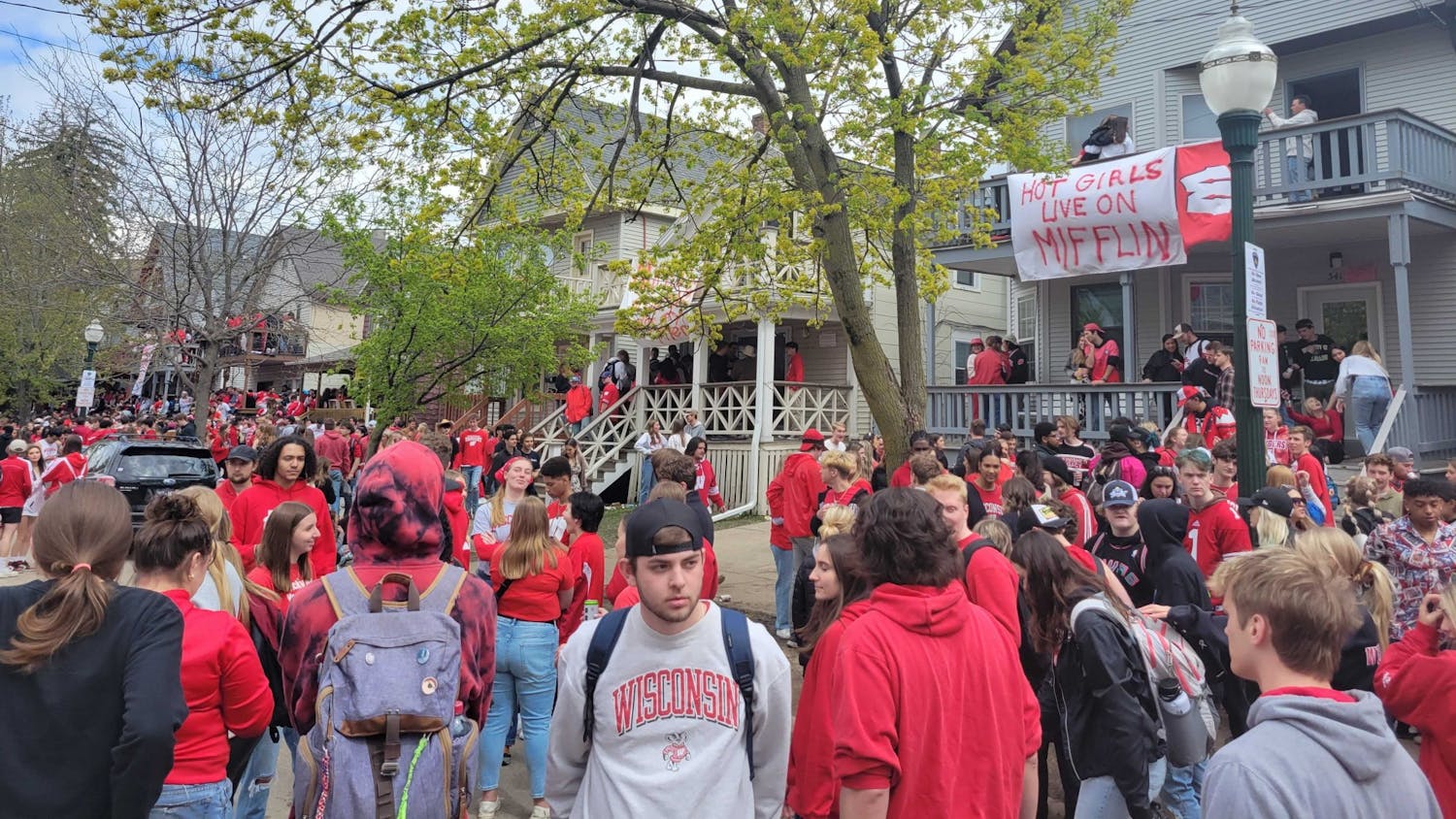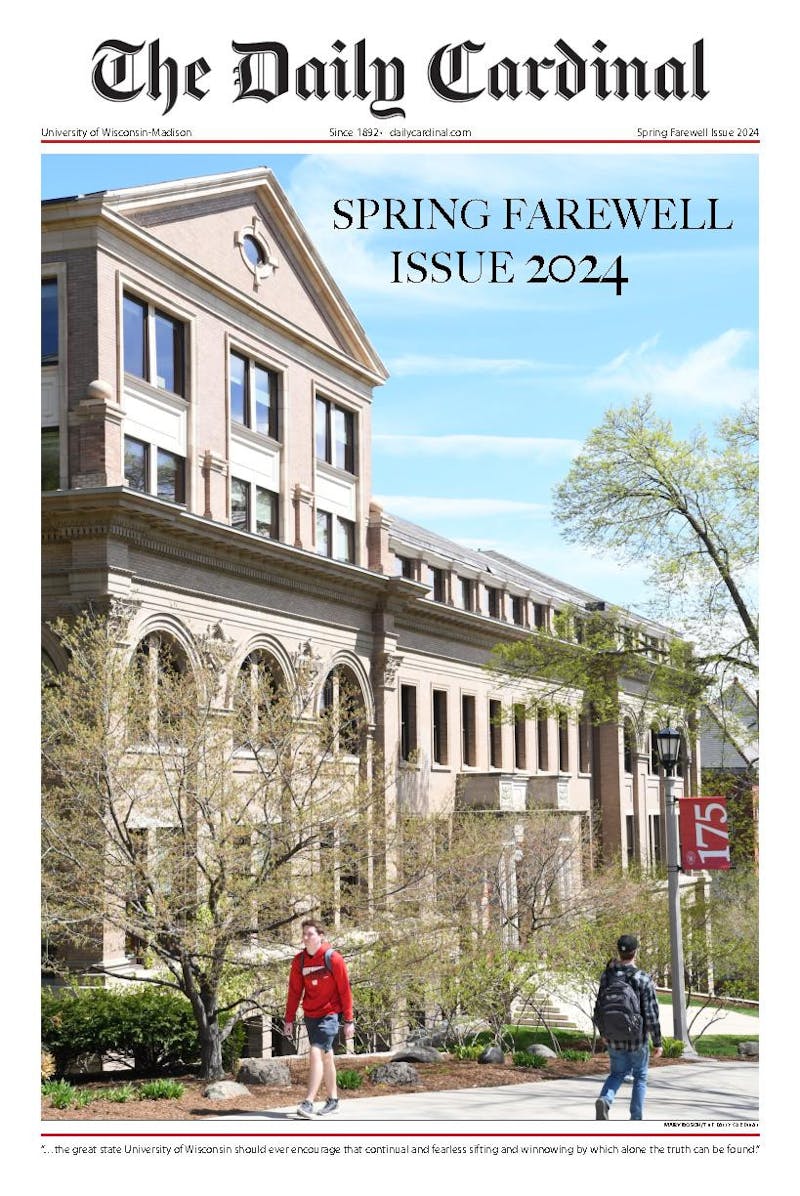Rape and the fear of rape is a part of the American college experience for women. On American college campuses, one in four undergraduate women will be sexually assaulted or raped by the time they graduate. Indicated by UW-Madison’s Association of American Universities Sexual Misconduct and Sexual Assault Climate Survey, our precious UW-Madison is no exception, with 27.6 percent of undergraduate female students reporting experiencing nonconsensual penetration or sexual touching.
This climate survey had over 9,000 respondents, reflecting over 22 percent participation on campus—far more participants than in similar surveys by other institutions.
As women, we are taught to walk in pairs or triples, carry pepper spray, learn self-defense, walk in well-lit areas, and go to the bathroom together, all to prevent being sexually assaulted. Even within the first week of being at UW, I was warned never to go on “Rapeshore” path. To change rape culture we need to think about sexual assault realistically. Sexual assault and rape hardly ever happens by a stranger in a dark alley that you will never see again. Life is not “Law and Order: SVU.” To change rape culture, there needs to be a change in how rape is talked about.
To most people, a sexual assailant or a rapist looks like Alec Cook —a diabolical stranger. However, UW-Madison’s recent AAU Campus Climate report reiterated a commonly known fact about rape, that perpetrators “were overwhelmingly identified as fellow students who are male, often a friend or acquaintance.” The perpetrator is a friend, a boyfriend, a Tinder fling, a lab partner, a classmate, a neighbor, etc. At UW, perpetuation usually starts at a party, and often ends up at the dorms. The perpetrator is often a drunk college man. Why?
On most American college campuses, alcohol is a key factor in sexual assaults. And expectedly at UW, recently named as the number one party school in the U.S., alcohol also plays a key role in sexual assaults. The aforementioned report also indicated that female students who experienced nonconsensual penetration (ie. rape) indicated that “the offender was drinking alcohol 76.1 percent of the time.” However, at UW there is an additional factor: Greek life. The same report indicated “assaults were disproportionately reported in Greek residences.” It was found that over 25 percent of sexual assaults reported to UWPD in 2015 happened on Langdon Street, or “frat row.” Taking into account rules enforced on sorority houses that are not enforced on fraternity houses—like guest visitation limits, curfew and the lack of alcohol at parties—it becomes easier to pinpoint where these sexual assaults happen.
However, finding out where sexual assaults happen was never an issue—it’s Langdon and residence halls. The report also indicated “assaults most commonly occurred in student residences such as private apartments and campus residence halls.” In 2015, about 25 percent of reported sexual assaults to UW-Madison Police Department happened in the residence halls, particularly ones with majority freshmen populations. We should be asking: Why these locations? What do they have in common? How are these locations related? The answer: They house and welcome primarily male and heteronormative communities and there is access to and the encouragement of experimentation with alcohol. These places are not necessarily filled with bad men, rather these men were not getting consent. When talking about a sexual assault or rape survivor, the focus is on them and what they did wrong, if they were dressed or acting a certain way. We should be asking the perpetrator: Did you get consent? Did you get a clear and direct “yes”?
With the combination of alcohol and the encouragement of hypermasculinity, rape culture broods—there is entitlement to women’s bodies. There is no need or acknowledgment of consent. The root of rape culture is hypermasculinity. Men often have to prove their masculinity, and often times is proved involving violence against women.
I have deduced all of this from my favorite speaker from UW-Riverfalls It’s On Us Summit, Keith Edwards. At this summit, over a hundred UW System leaders congregated for the purpose of learning about sexual assault as it pertains to college campuses. It was amazing to hear such wonderful speakers, like Edwards and Lynn Rosenthal, who served as the first White House Advisor on Violence Against Women from 2009-2015. It was also great to hear what other campuses and other students are doing to face these issues.
From it I realized that one person alone cannot fix or change rape culture, it takes a cultural shift—an unlearning and relearning. We need to unlearn toxic masculinity and relearn something else. It is an issue if a quarter of all women who attend college will be sexually assaulted. This is a preventable issue.
What can you do? Cut rape jokes, don’t negate people’s experience, and most importantly check your friends. If you see someone is way too drunk to do anything, do not let them go away with a stranger. Take that last drink from someone. If your friend is being creepy, tell him to back off. Walk someone home. Don’t be a passive bystander, and we’ll all take a big step in the right direction.
Mariam is the vice chair of ASM. How do you think sexual assaults could be prevented on campus? Please send all comments to opinion@dailycardinal.com.






